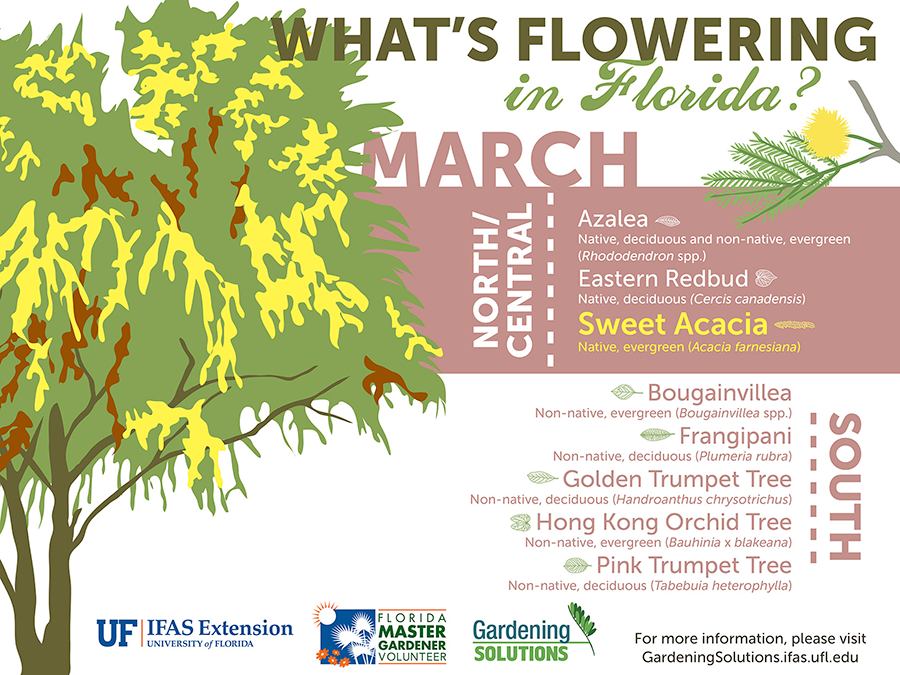Seasonal Tree Care: Just How To Handle Trees Prior To And After Removal
Seasonal Tree Care: Just How To Handle Trees Prior To And After Removal
Blog Article
experiencing growth -
When it pertains to seasonal tree care, guaranteeing proper management before and after removal can dramatically impact the wellness and looks of your landscape. By comprehending the necessary actions associated with evaluating tree health and preparing for elimination, you can proactively guard your building. But what concerning the important techniques to follow as soon as the tree is gone? Stay tuned to find the necessary post-removal care steps that will aid you cultivate a thriving and lasting atmosphere for your trees.
Pre-Removal Tree Treatment
Prior to dealing with the elimination of a tree, it's vital to focus on pre-removal tree care. Beginning by examining the tree's health and wellness and structural honesty. Look for signs of condition, parasite invasions, or any structural problems that might posture a safety danger throughout removal. It's necessary to speak with a licensed arborist to determine the very best strategy.
Trimming dead or diseased branches can stop more damage to the tree and guarantee a smoother removal process.
In addition, think about the environmental effect of removing the tree. Trees play an important role in our community, so planting a new tree in a suitable area can assist offset any kind of loss. Ensure that you have the essential authorizations and approvals for tree removal, particularly if the tree is shielded by local laws.
Seasonal Upkeep Tips
Assessing your tree's demands throughout the year is important for its health and longevity. To maintain your trees in top condition, adhere to these seasonal maintenance pointers.
In spring, focus on trimming to get rid of dead or damaged branches and motivate brand-new development.
Summer season requires regular watering, specifically during dry spells, to guarantee your tree stays hydrated.
As fall approaches, watch out for very early indications of disease or tension, and think about using mulch to protect the origins throughout wintertime.
In winter months, beware when getting rid of snow from branches to prevent breakage, and continue to check your tree's general wellness.
Bear in mind to adjust your treatment routine based on the certain requirements of your tree varieties and local environment. By staying mindful and proactive throughout the seasons, you can help your trees thrive and flourish for many years ahead.
Post-Removal Tree Care
To make sure the health and wellness of your landscape also after tree elimination, appropriate post-removal treatment is vital. After a tree is gotten rid of, it's important to fill the remaining hole with topsoil and small it to prevent settling. This will aid preserve the stability of the ground and stop possible risks in the future.
Consider planting new greenery instead of the eliminated tree to bring back the balance and visual appeals of your landscape. Regularly water the area to promote the development of brand-new plants and protect against dirt erosion.
Check the bordering trees for any type of signs of disease or anxiety that might have been brought on by the removed tree. Watch out for insects that may've been attracted to the previous tree and take safety nets to shield the continuing to be plants.
If essential, consult with a specialist arborist to examine the effect of the elimination on the bordering trees and establish any added treatment required. By following these post-removal treatment actions, you can ensure the ongoing health and wellness and charm of your landscape.
arborist supply store
To conclude, aggressive seasonal tree treatment is crucial for preserving the wellness and equilibrium of your landscape. By assessing tree health and wellness, pruning, and talking to an arborist before elimination, you can ensure a safe process. After elimination, filling the hole, growing new vegetation, and routine watering will certainly promote brand-new growth and prevent erosion. Bear in mind to check bordering trees for illness and look for further treatment procedures from an arborist to keep your landscape prospering.
